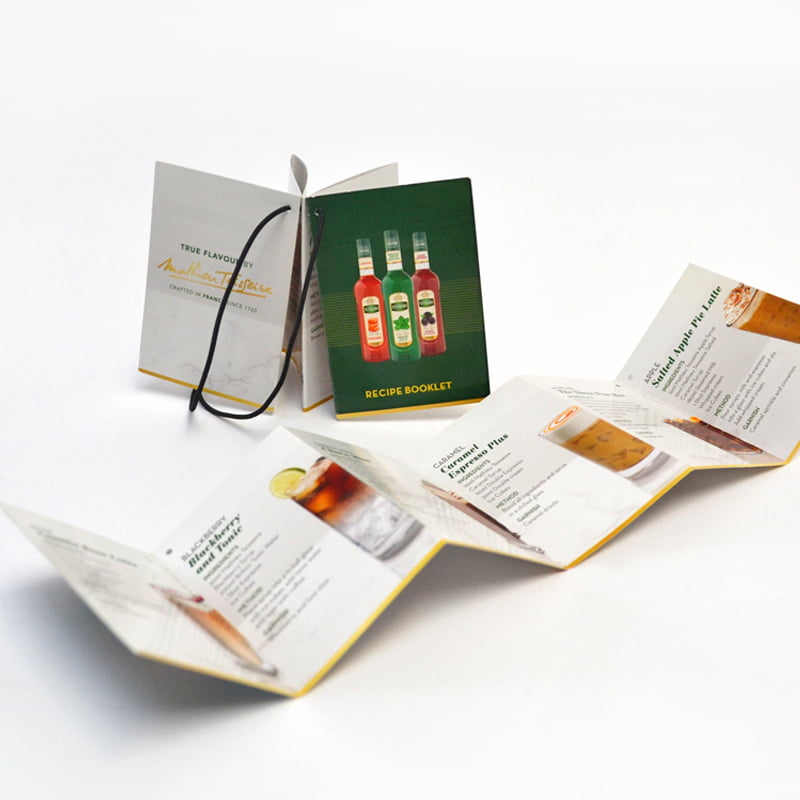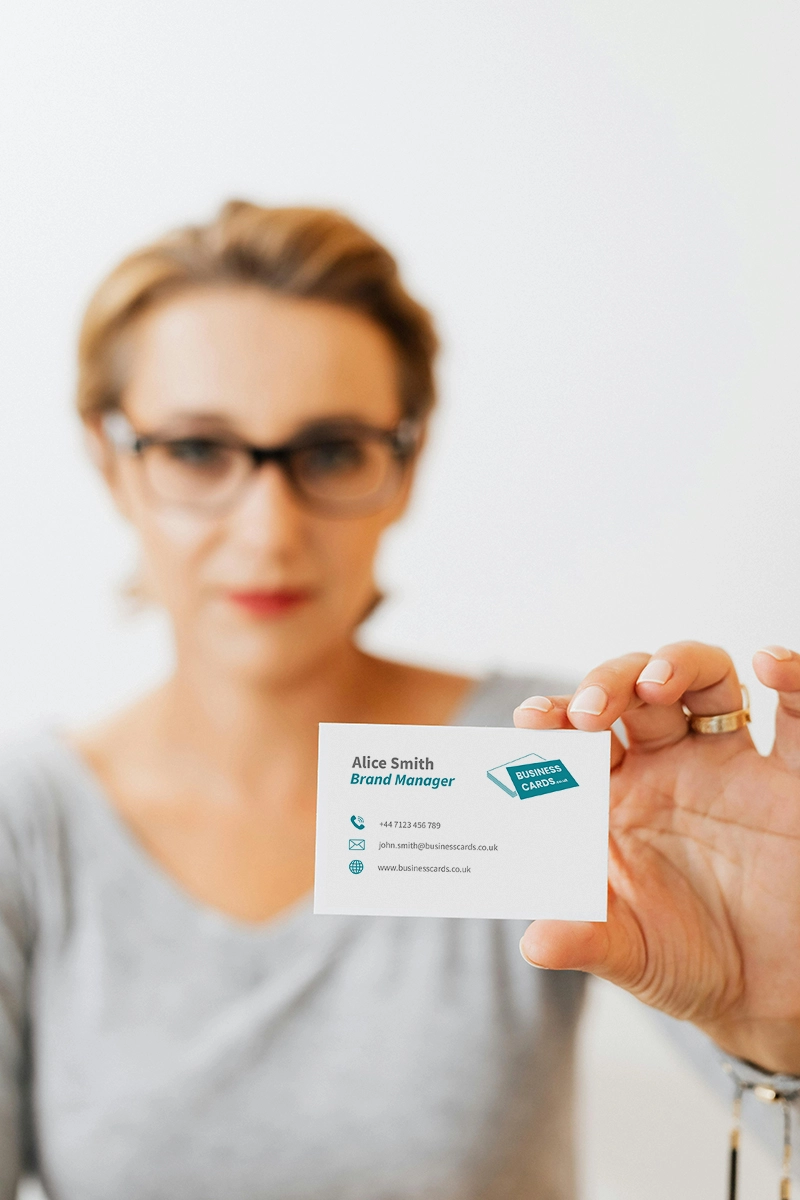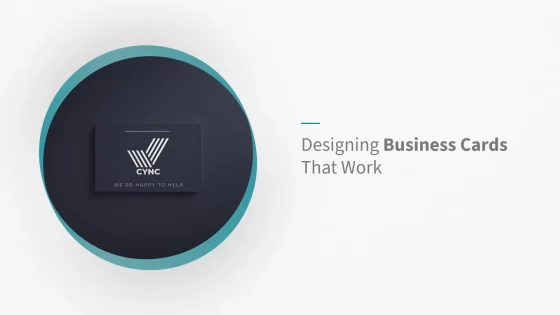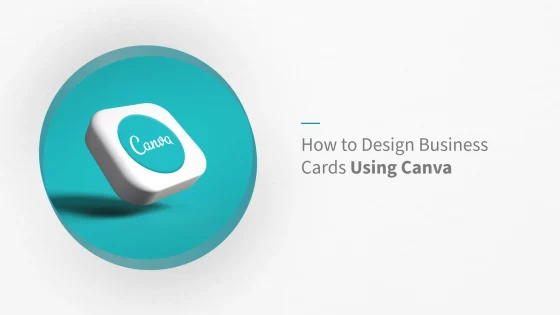Designing Business Cards That Work
In an increasingly digital world, business cards remain a valuable part of face-to-face networking across the UK. Whether you’re attending trade shows, client meetings, or local events, a well-crafted card is more than just contact information—it’s a tactile reflection of your brand. For anyone offering business cards or related services, this compact format can open big opportunities when done right.
A truly effective card doesn’t just share details—it makes a lasting impression. In this guide, we’ll explore a multitude of innovative business card design ideas, backed by visual strategy and design psychology, to help your business stationery printing make an impact.
The Psychology of Colour and Visual Hierarchy
Design isn’t just about aesthetics—it influences how people respond emotionally and visually. Colour plays a central role in guiding attention and shaping first impressions, making it a powerful element in your business card design.
Here’s how colour choices can influence perception:
- White: Clean, neutral and ideal for focusing attention on text
- Blue: Universally favoured—associated with trust and dependability
- Yellow: Optimistic, creative and energising
- Green (deep shades): Suggests growth, prestige and balance
- Peach and pastel tones: Calming and harmonious
- Black or Charcoal: Sophisticated and timeless
To guide the eye effectively, maintain a clear visual hierarchy: bold titles, generous spacing, and contrast between background and text. Let your most important details—like your name or business name—stand out naturally using size, weight, or colour contrast.
Typography as a Design Feature
Typography isn’t just for readability—it can be a defining visual element. When used creatively, type can set the tone of your brand at a glance. Clean sans-serifs convey modernity and confidence, while serif fonts can suggest tradition and trust. For bolder impact, consider:
- Oversized headlines: Make your name or brand the central visual focus
- Monospaced or custom fonts: Add character and help differentiate your brand
- Contrast in size and weight: Use hierarchy to direct attention to key details
- Letterpress or raised ink: Let the typography be felt as well as seen
Consistency with your brand’s font family across all materials—from cards to signage—reinforces recognition and trust.
Design Tips by Industry: Tailoring Cards to Your Audience
Every profession calls for a slightly different approach to business card design. Subtle adjustments to format, colour, and finish can help your card speak directly to your intended audience.
- Creative professionals: Use full-bleed photography, custom illustrations or uncoated stock to reflect a tactile, artistic sensibility.
- Corporate services: Clean layouts, serif typography, and dark colour palettes project professionalism and trustworthiness.
- Trades and skilled services: Consider thick, durable card stock, clear contact info, and bold typography for maximum legibility.
- Health and wellness brands: Soft pastels, rounded corners, and calming textures convey care and approachability.
- Tech and startups: Minimalist designs with smart features like QR codes or microtextures balance modern style with function.
By aligning your print design with your industry’s tone and audience expectations, your card becomes more than just informative—it becomes intuitive.
Advanced Print Finishes That Add Depth
While clean layouts and sharp content make a card functional, tactile print finishes turn it into an experience. These details elevate both perception and memorability:
- Embossing: Raises part of the design off the card surface, often used on logos or initials
- Debossing: Presses elements into the card for a subtle, recessed feel
- Painted edges: Adds colour to the card sides for an eye-catching twist when viewed from the stack
- Triplex cards: Ultra-thick layers with contrasting coloured cores for extra durability and flair
These finishes not only enhance the look and feel but suggest craftsmanship and premium quality that clients remember.

Foldable, Pop-Up, and Multi-Panel Card Formats
If your card needs to share more than a name and number, folding formats provide additional real estate—without cluttering the front. These less common styles stand out in tactile and visual ways:
- Bifold cards: Double the space while still fitting wallet dimensions
- Pop-up or interactive folds: Surprise the viewer and add a layer of discovery
- Accordion or gatefold designs: Great for showcasing multiple services or a mini portfolio
Used sparingly and with clear layout planning, these structures turn your business card into a mini brochure or branded experience.
Bridging Print and Digital: Smart Business Cards
Physical business cards are evolving to keep pace with digital expectations. By incorporating smart features into your printed design, you can seamlessly connect offline interactions with online experiences.
- QR codes: Easily direct contacts to a portfolio, booking calendar or landing page—ideally positioned on the back for visual clarity.
- NFC chips: Embedded technology lets users tap your card with a smartphone to access key details without typing.
- Shortened links: Combine print with web using concise branded URLs for social profiles, promotions or product demos.
- Tracking and analytics: Digital integrations help measure engagement and campaign performance when used thoughtfully.
Smart features enhance printed cards without replacing them—giving recipients something they can keep, scan, and engage with on their own terms.
Make It Personal
Small details go a long way in helping your business card feel more human and memorable. Consider ways to add an authentic personal touch:
- Handwritten notes or signatures: Especially for service-based businesses or freelancers
- Custom stamps: Add handmade character and texture
- Multiple card versions: Print several variations with different illustrations, icons, or background colours
- QR codes to personalised landing pages: Let each card direct to a tailored experience
These gestures show thoughtfulness, reinforce your brand personality, and help spark conversation at events or meetings.
Understanding Card Thickness and Quality Standards
The thickness of your business card not only affects its durability but also shapes how your brand is perceived. A flimsy card can undermine credibility, while a firm, weighty one suggests professionalism and attention to detail.
In the UK, card thickness is typically measured in GSM (grams per square metre) or microns for plastic stock. Here’s a general guide:
- 300–350gsm: Standard for most budget-friendly cards
- 400–450gsm: Premium stock with a substantial feel
- 600gsm+ or triplex: Ultra-thick cards for high-end presentation
Pairing the right thickness with your finish—matte, silk, or uncoated—can dramatically enhance the sensory impact of your card.
Mockups and Pre-Print Checks
Before sending your business card design to print, take time to create a high-resolution mockup. This allows you to evaluate alignment, spacing, and contrast across multiple screen types—and catch issues early.
- Use digital mockup tools: Preview front and back designs in real-world lighting scenarios
- Print a test version at home: It may not be an exact match for colours, but it helps identify font size or spacing issues
- Review bleeds and trim lines: Ensure artwork extends correctly to avoid white edges after cutting
- Proofread carefully: Spelling errors on a printed card leave a lasting (unwanted) impression
Mockups are especially useful when trying out less traditional formats like vertical orientation, folds, or edge painting.
Don’t Overlook Presentation: Card Holders and Sleeves
The first touchpoint with your card doesn’t have to be the card itself—it could be its holder. Presentation adds an extra layer of branding and care, especially for in-person handovers, event packs, or high-value leads.
- Branded card holders: Include your logo or design theme for a consistent brand experience
- Sleeves or wraps: Ideal for premium cards or layered finishes that benefit from extra protection
- Eco-conscious packaging: Choose recyclable or biodegradable wraps that reinforce your sustainability message
When you combine great design with intentional presentation, your business card becomes more than a takeaway—it becomes part of your brand story.
Selecting the Right Business Card Printer in the UK
Once your design is finalised, choosing the right printer can make or break the final result. The best printers will offer a balance of quality, flexibility, and support—especially when working with advanced finishes or formats.
Here’s what to look for when selecting a UK-based business card printer:
- Range of finishes: Ensure they can accommodate foil stamping, embossing, spot uv, triplex stock, or foldable formats
- Sustainable Options: Check for recycled stocks, eco inks, or low-waste production practices
- GSM and thickness variety: Confirm that they offer premium weights like 400gsm and beyond
- Pre-print proofing: Look for services that offer digital proofs or test runs before full print
- Minimum order flexibility: Ideal for startups or custom campaigns that require smaller batch runs
- Delivery and turnaround: Ensure timelines align with your business schedule, especially for events or launches
Working with a printer that understands both design intent and technical constraints ensures your card not only looks stunning but performs reliably across touchpoints.

Conclusion: Make Every Card a Reflection of Your Brand
In today’s crowded and competitive UK market, a memorable business card still holds power. Whether you opt for modern materials, bold typography, sustainable practices, or interactive features, your design choices should reflect what your brand stands for—and how you want to be remembered.
From shape and stock to print finish and presentation, each element has a role in turning a simple card into a statement. The best business cards don’t just share contact details—they express personality, instil trust, and spark conversations.
Next step? Turn inspiration into action by drafting a design, testing your layout, and selecting finishes that align with your vision. Whether it’s ultra-minimal or full of texture, your business card is a small format with big potential.


